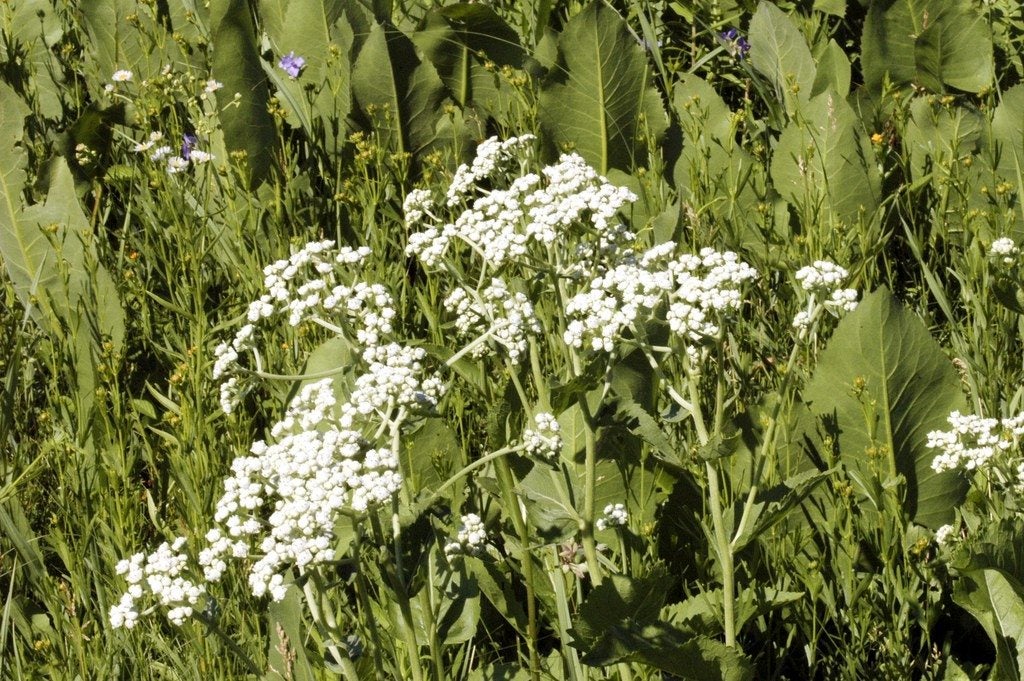Using Wild Quinine The Garden - Tips For Growing Quinine Wildflowers

Growing quinine wildflowers is an easy undertaking and suitable for many situations. So what is wild quinine? Keep reading to learn more about this interesting plant and wild quinine care.
What is Wild Quinine?
Wild quinine (Parthenium integrifolim) is an upright perennial wildflower, native to Illinois, that is not seen in the home landscape often. This lovely flower has aromatic foliage similar in appearance to mustard greens and bright white, button-shaped flowers that bloom from late spring throughout summer. Wild quinine is a tall plant that reaches 3 to 4 feet (1 m.) at maturity and actually makes a lovely addition to a perennial bed. Due to its persistent bloom, this plant adds great late season color and makes a lovely dried flower for indoor arrangements as well. Many gardeners also incorporate wild quinine in rain gardens. Butterflies and hummingbirds will flock to this lovely wildflower in search of its sweet-tasting nectar.
Growing Quinine Wildflowers
Wild quinine thrives in USDA plant hardiness zones 3 through 7. A member of the sunflower family, growing quinine wildflowers are found in open woods and prairies. The best growing conditions for quinine plant include fertile, well-drained soil and full sun to light shade. Plants are easily propagated by seed and are best planted in the fall or early winter. If planting in the spring, provide four to six weeks of cold and moist stratification to improve germination.
Wild Quinine Care
Once planted and established in suitable growing condition for quinine plants, quinine requires very little attention. There is no need to fertilize this hardy plant. Minimal water is needed as quinine develops a thick taproot and can tolerate long periods without water. There are no known pests or diseases of the wild quinine making it a great addition to a chemical-free garden. Since its leaves are rough textured and bitter tasting, bunnies and deer tend to skip over wild quinine in rain gardens and flower beds too.
Gardening tips, videos, info and more delivered right to your inbox!
Sign up for the Gardening Know How newsletter today and receive a free copy of our e-book "How to Grow Delicious Tomatoes".
-
 Types Of Tomatoes Explained: Explore The Many Wonderful Shapes, Colors, Flavors, & Best Uses
Types Of Tomatoes Explained: Explore The Many Wonderful Shapes, Colors, Flavors, & Best UsesThe world of tomato varieties is vast and fascinating. Learn about the key types to grow in your garden, tailored to your preferences and space.
By Amy Grant
-
 Try The Trend – Turn Any Bed Into A Keyhole Garden With This Clever In-Ground Composter
Try The Trend – Turn Any Bed Into A Keyhole Garden With This Clever In-Ground ComposterKeyhole gardening is an efficient and sustainable practice that saves space. Get started on this DIY project quickly and easily with an in-ground composter.
By Bonnie L. Grant